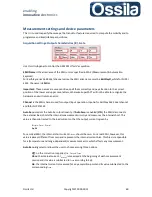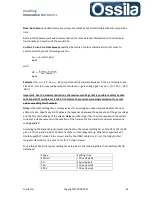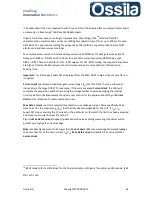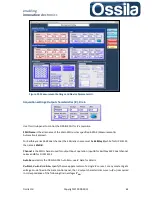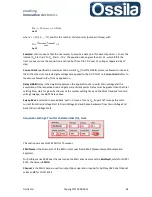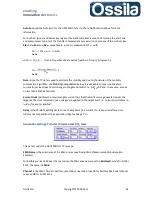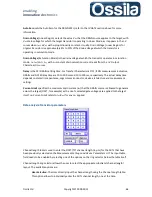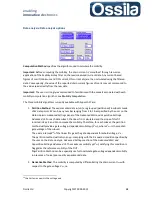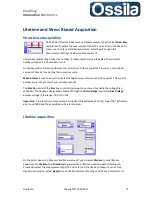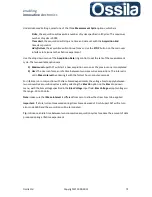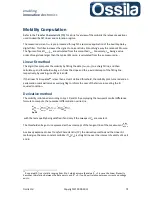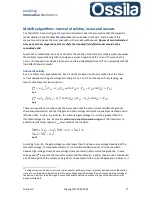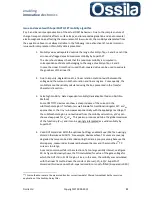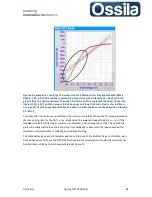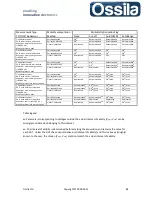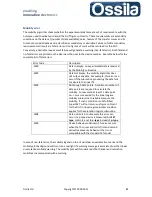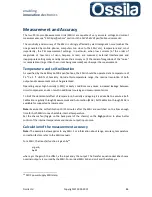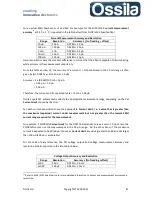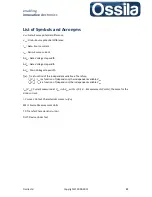
enabling
innovative
electronics
Ossila Ltd
Copyright © 2009-2015
74
Mobility Computation
Refer to the
Transfer Characteristic (TC)
for a brief overview of the mobility the relevant equations
used to describe FET linear and saturation regime.
The measured current I
DS,i
is pre-processed through the recursive application of the Savitzky-Golay
digital filter. This filter increases the signal-to noise ratio by ‘smoothing’ away the random EM noise.
The figures of merit I
OFF
, I
Min
are calculated from this smoothed I
DS,i
. Conversely, I
ON
being a value
order of magnitude larger than the typical EM noise, is calculated from the as-measured I
DS,i
.
Linear fit method
This algorithm computes the mobility by fitting the data (I
DS,i
,V
DS,i
) to a straight line, and then
calculates
μ
and threshold voltage
V
Th
from the slope and the
x
-axis intercept of the fitting line,
respectively, by making use of Eqs. 4 and 8.
If the linear fit R-squared
23
is less than a User’s defined threshold, the mobility plot turns red and an
exclamation mark will serve as warning flag to inform the user of the failure in meeting the R-
squared condition.
Derivative method
The mobility is obtained according to Eqs. 10 and 11 by employing the two-point central difference
formula to compute the numerical differentiation carried, i.e.
,
Eq. 29
with the last equality being satisfied if and only if the sweeps
are constant.
The threshold voltage V
Th
is expressed as the
x
-intercept of the tangent line of the maximum of
.
As already explained in Sec
Transfer Characteristic (TC)
, the derivative method and the Linear Fit
method give the same constant mobility if I
DS
(V
DS
) is straight line over the interval of validity of Eqs. 4
and 8.
23
R squared (R
2
) is a statistic ranging from 0 to 1 which assume the value R
2
= 1 in case the linear fit exactly
describes the relation between the data points, and R
2
= 0 if no (linear) relation between current and voltage
exists.

